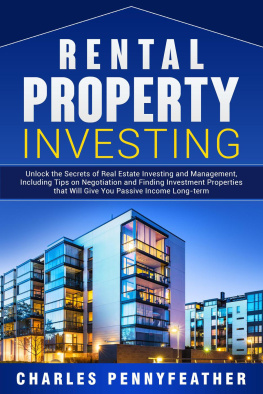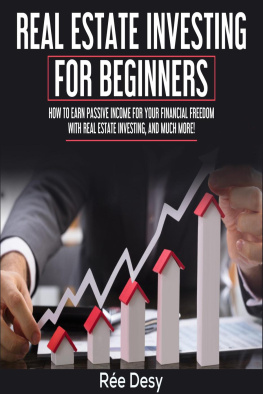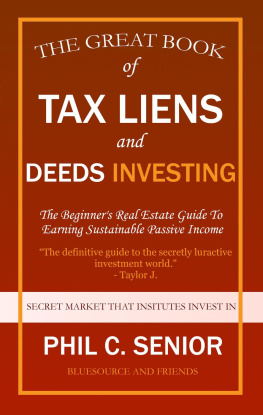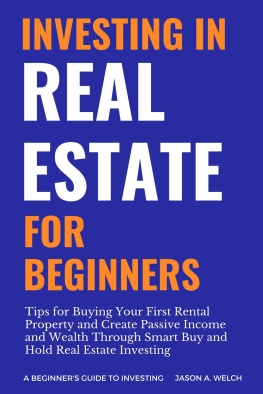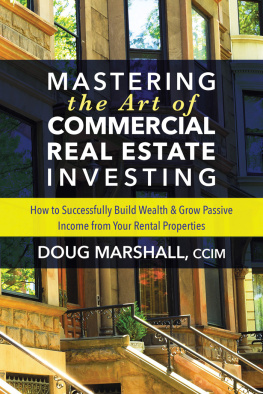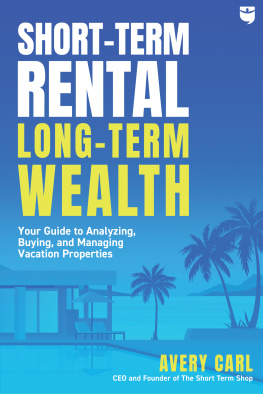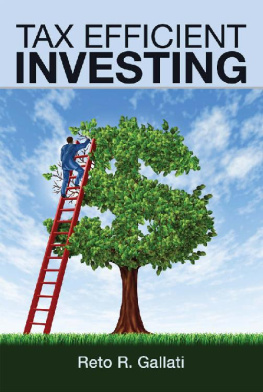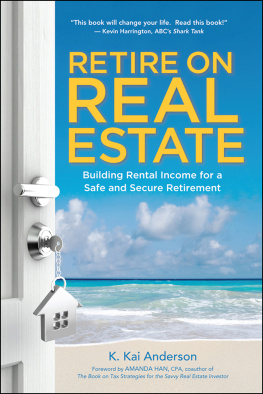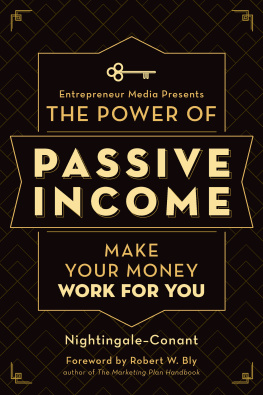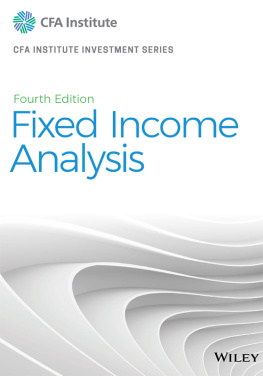About The Author
Wayne Mayo has tertiary qualifications in Economics, Geology, Statistics and Computer Science. His work on taxation of income from investments (or business income taxation), as well as taxation of economic rent of mining and petroleum operations, began in 1976/77 with inquiries for government consideration at the Industries Assistance Commission (now Productivity Commission) in Australia. Subsequently, around 10 of his 20 years at the Australian Treasury, commencing 1980, were spent providing tax policy advice to governmentincluding advice relating to resource rent tax issues in 1983/84 and policy proposals on business income tax issues during taxation reviews in 1985/86 and 1997 to 1999.
After leaving the Australian Treasury in 2000, Wayne developed computer packages for the analysis of policy options for the taxation of investments. The Kyscope (standing for kaleidoscope of options), in part developed under contract with the Australian Taxation Office, deals with all key facets of the taxing of income from investments (the base, entities and international). Wayne used the Kyscope to produce all the tables and charts in this book.
During 2010, Wayne again undertook work within the Australian Treasury, including cash flow modelling, associated with the Australian governments proposals to extend the scope of resource rent taxation of Australias non-renewable resources.
Wayne has a number of other publications relating to business income taxation and resource rent taxation.
ACKNOWLEDGEMENTS
I am most grateful to Rick Krever, a professor in the Department of Business Law and Taxation at Monash University, for his very helpful comments on an early draft of this book. Rick is an enthusiastic advocate of genuine reform of business income taxation. It was a pleasure to work with him on business tax reform issues during both the RATS Review and the Ralph Review.
I would also like to thank Dr Ken Henry, former Secretary to the Treasury and Chairman of the Henry Review, and Dr Alan Preston, former Treasury Deputy Secretary and Second Commissioner to the Australian Taxation Office and Secretary to the Ralph Review. Both Ken and Alan contributed indirectly to the production of this book by their previous support for my work on business income tax issues: Ken through the confidence he showed in the latitude he gave me during work on the business taxation component of the ANTS Review and through his introducing me to the flexibility of computer spreadsheet modelling; and Alan for the encouragement and responsibilities given me during the Ralph Review. Subsequent to the Ralph Review, it was Alans confidence and belief in me that led to the development of the Kyscope computer package, without which many of the more complex tax design features in the book would barely be possible.
Sole responsibility for the content of the book is, of course, mine.
Thanks also to Helen Elward, Publishing and Creative Director at Best Legenz, for her enthusiasm and encouragement in the face of initial rough material and subsequent expertise and skill as she managed the process from early manuscripts to publication.
Wayne Mayo
P eople undertake investments directly or indirectly via companies or trusts in a wide variety of areas like the financial markets (from bank deposits to currency futures), commercial property, rental property, manufacturing, forestry, horticultural activities (like vineyards, olives and fruit), mining and petroleum projects, infrastructure projects and so on. How the income from associated assets (and liabilities, like debt funding) is taxedthat is, the shape of business income taxationcan have a big impact on the investment decisions themselves and, consequently, on the communitys overall welfare.
The imposition of tax on the income of investments to raise funds for government expenditures can effect peoples decisions in a variety of ways. It can, for example, affect the decision whether to spend money on consumption now or save it for future consumption and be taxed on the interest earned on the savings. It can also affect the decision whether to spend more time enjoying leisure time rather than working and paying tax on the wages earned.
Despite these distortions imposed by income taxation, it is theoretically possible to tax income from peoples investments in a way that leaves people taking pretty much the same sort of investment decisions after tax as before. The conceptual basis of achieving this is, in fact, simply to take a proportion each year from (apply a rate of tax to) what everyone knows comprises the annual income of each investment: annual net receipts (gross receipts from the investment less its recurrent costs) and annual change in value of the investments assets and liabilities. The shareholder, for example, who avidly checks share price daily knows that her annual income comprises not only dividend payments but also the change in value of her shares over the year. The rental property investor is not investing just for the annual net rental receipts but also for the hoped-for increase in value of the property. Investment decisions by each investor should not be greatly affected if this annual incomeboth positive (profits) and negative (losses)across all investments were reduced by the marginal tax rate faced by that investor.
This theoreticalyet commercially sensibleway of taxing income from investments that has neutral effect on investment decisions provides a framework for the design of business income taxation that has the potential to produce broad economic benefits. Those broad economic benefits do not include increasing jobs, a common catchcry accompanying proposed changes to business income tax arrangements. Aggregate employment levels and unemployment rates are determined mainly by the shape of labour market regulation, the nature of welfare systems and, particularly with an eye to cyclical unemployment, monetary and fiscal policies. The potential benefits of genuine tax reform that pushes towards neutral taxation of investment income are more about better blending the labour force with other productive resources like land and capital to increase living standards and consumption per head through increases in productivity.
Contrary to popular belief, a free lunch is on offer. Increased welfare can result from the same resources of a country when those resources are better utilised through the removal of income tax treatment of investments that distorts investment decisions.
Tax reform means different things to different people. Some view it in terms of reduced tax rates. Others see it as changes to the law that reduce the scope for tax avoidance and evasion. Yet others see it as any change to the law that, superficially at least, provides perceived benefits to them relative to others. To government, any change in tax law under its watch is reform.
Genuine reform of the way the income from investments is taxed, however, is focussed on achieving the free lunch on offer: pushing towards a tax treatment that means government revenue is raised without impacting significantly on investment decision-making. Synonymous with such tax treatment is an investor mindset which has investors focussed on solid commercial profit, not distracted by the search for ways to structure their investment arrangements to avoid tax.
The free lunch comes from taxing the income from investments measured in a common sense way that matches commercial reality. In contrast to the search for the ideal toothbrush, there is a known pure taxation design to strive fora design centred on including in the income tax base changing annual values of investment assets and liabilities.


